It’s easy to take heating and cooling systems in a home for granted. While most people are oblivious of the underlying processes, they expect the equipment to keep the home comfortable. Your home’s heating, ventilation, and air conditioning system (HVAC) is expansive equipment that keeps the rooms warm or cool. Understanding the basic processes of the HVAC system can help you maintain and prolong the lifespan of your equipment.
Heating System
While there are distinct differences in various residential heating systems, the operating principle is similar. The HVAC system draws cold air from the house through the ductwork and heats it before recirculating the warm air throughout the rooms. The main differences are in the modes of heating the air.
Systems like heat pumps are technically air conditioners that operate in reverse. Typically, heat pumps can cool and heat your home by reversing their cold and hot coils. When a heat pump is in cooling mode, it runs like a normal air conditioner. When running in heating mode, it reverses its cold and heating coils to draw air from the outside, then pushes hot air into your home. Some heating systems can draw warmth from underground. Notably, furnace systems rely on the combustion of fuels like natural gas or oil to heat the air. Notably, furnace systems rely on the combustion of fuels like natural gas (usually stored in CNG containers)or oil to heat the air.
Ventilation System
The ventilation component of an HVAC consists of supply and return vents, filters, ductwork, and circulating fans. The fan draws air from your rooms via the return vents, converging into the ductwork connected to the devices that cool or heat the air. Afterward, the machine pushes the air back into your home through supply vents. This system is known as the forced air system, and it forms the basis for cooling and heating your house. Since the ductwork circulates warm and cold air throughout the home, inadequacies, and leaks in your ductwork can jeopardize the HVAC’s efforts to heat or cool your home and you might be hanging up by the pool the whole day.
Air Conditioning System
The air conditioning segment of an HVAC system is usually a split system because it’s split into an indoor unit (evaporator coil) and an outdoor unit comprising a condenser and a compressor. A copper tube filled with a refrigerant connects the two units. The refrigerant is a chemical that vaporizes at moderate temperatures, which is essential for the optimum functioning of the HVAC.
The chemical starts the cooling cycle in the compressor as a cool, low-pressure gas. The compressor converts it into a high-pressure hot gas and pushes it through the condenser, transforming it into a cold high-pressure liquid. The fan dissipates any extra heat into the outdoor environment. Since the refrigerant is at high pressure, the boiling point increases, allowing it to remain in liquid form.
The refrigerant flows into the evaporator coil, which is connected to the furnace. The magic starts in the coil as the refrigerant expands, lowering its pressure and boiling point. As the liquid refrigerant vaporizes, it absorbs the heat from the air, and the fan pushes the cold air through the ductwork connected to your rooms. The warm low-pressure gas returns to the compressor and starts the process again.
Control System for Heating and Cooling Functions
Thermostats are sensitive heat switches that regulate the indoor temperatures in your home. The component responds to air temperature changes by switching the air conditioner or furnace on and off to maintain the temperatures at a precise set-point. Most thermostats use a bimetallic element that contracts or expands when the temperature decreases or increases.
However, modern options have solid-state electronics to control the temperatures. While these tend to be more accurate and responsive, a malfunction calls for replacing the entire control system. Smart thermostats improve HVAC efficiency with easy controls. Some smart thermostats have voice activation, scheduling, and app integration features.
HVAC Maintenance and Repair
Proper care and maintenance are vital to prolong the lifespan of your system, ensure optimum performance, and avoid buying a new AC prematurely. It’s prudent to check the filters regularly to enhance the air quality in your home. Ideally, you should clean the filters every month since clogged filters can lower HVAC performance.
Most importantly, you should schedule regular professional inspection and maintenance sessions. Check this link to get help in maintaining and inspecting your HVAC. Typical HVAC service and maintenance routines may include lubrication, cleaning, and ductwork inspection.
Endnote
The HVAC system in your home uses a combination of different components to keep your home comfortable during the hot and cold seasons. Understanding how the system works can help you become more competent at maintaining your HVAC equipment and identifying problems before compromising your comfort.
Nevertheless, it’s important to understand that HVACs can be complex systems that you shouldn’t mess with unless you have adequate training. If you are experiencing problems with your HVAC unit, it’s best to contact a reliable technician from Jarboe’s heating and cooling contractors for troubleshooting and repairs.


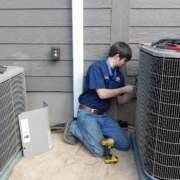


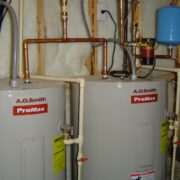
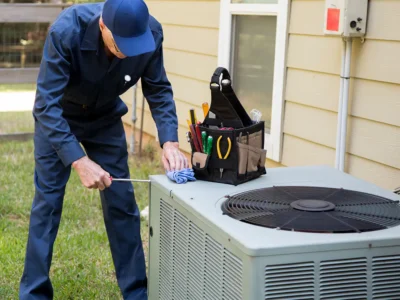
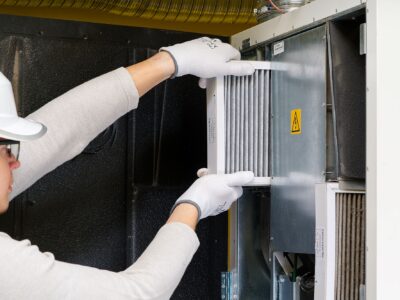
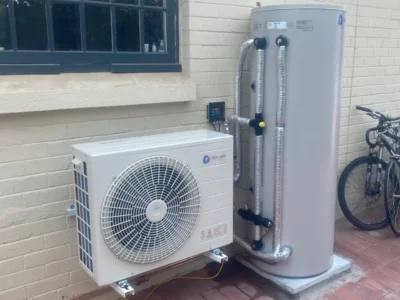

Comments